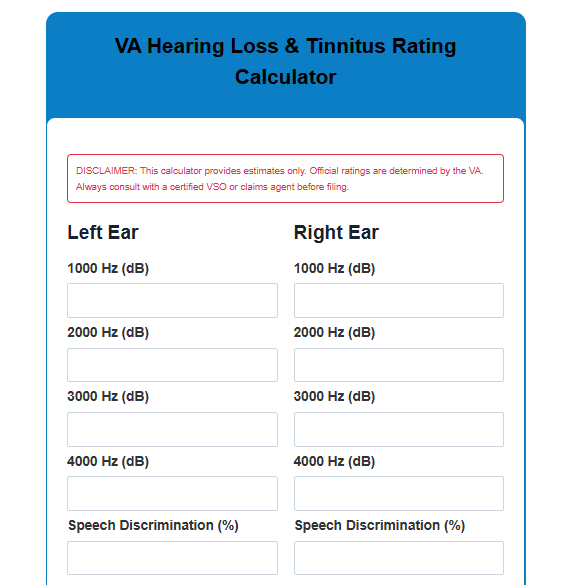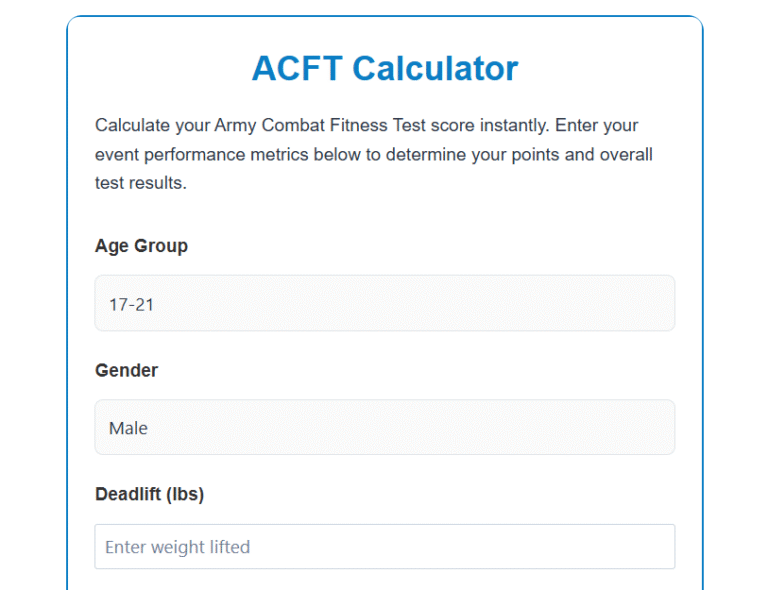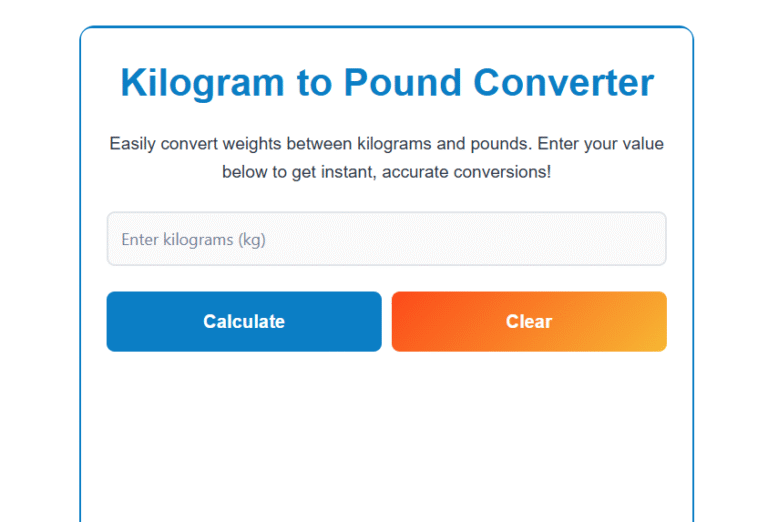Your Secret Weapon for Smarter Strength Training: The RPE-Calculator/
Let’s be real—programming your own lifts when using RPE can feel like solving a Rubik’s Cube blindfolded. You nail a set of 5 squats at RPE 8, scribble it in your training log, and then… what? How do you translate that momentary triumph into next week’s weights? I’ve been there, staring at percentages scribbled on gym mirrors, wishing for something better than guesswork. That’s why I’m obsessed with the rpe-calculator/ – it’s like having a training partner who’s great at math and never skips leg day.
Here’s the thing: RPE isn’t just “how hard it felt.” It’s a precision tool. But without crunching the numbers, you might as well be throwing darts at your programming spreadsheet. I’ve seen lifters leave gains on the table because they underestimated what an RPE 7 deadlift truly means for their max, or worse—get injured chasing weights their body wasn’t ready for.
RPE Calculator
Calculate your estimated 1-rep max and generate personalized training weights based on your recent set performance. Input your set details below:
Training Load Chart
How This Magic Math Works (Without the Headache)
Using the rpe-calculator/ is simpler than loading a barbell:
- Weight Lifted: That 185lb bench press you just crushed
- Reps: The 6 you managed before reracking
- RPE: That “2 left in the tank” feeling (which we’ll call an 8)
Hit calculate, and boom – two golden insights appear. Your estimated 1RM (spoiler: it’s higher than you think) and a full training load chart showing exactly what to lift next time at different rep/RPE combos. No more “Hmm, should I add 5lb or 10lb?” waffling mid-workout.
Pro tip from the trenches: Always rate your RPE immediately after the set. That post-set endorphin rush? It turns RPE 9s into 7s faster than you can say “PR.”
Why This Beats Your Gym Buddy’s Excel Sheet
I used to program my accessory work using generic percentage charts. Big mistake. The rpe-calculator/ does three things those old-school methods can’t:
- Auto-Adjusts for Fatigue: Hit 5 reps at RPE 9 on a sleep-deprived Tuesday? The chart scales accordingly
- Exposes Progress Leaks: If your estimated 1RM dips despite consistent numbers, recovery might be failing you
- Prevents Ego Lifting: Seeing the cold math of what you should lift keeps that “maybe one more plate” instinct in check
Last mesocycle, a client kept missing her squat workouts. The calculator showed her “RPE 8” sets were actually bordering 9.5 – she was grinding reps without realizing it. We dialed back 10%, and bam – three weeks later, PR city.
When This Tool Becomes Your Gym Bag Essential
Scenario 1: You’re peaking for a meet and need to nail opener attempts. Plug in last week’s triple at RPE 7.5, and get a scientifically-backed opener that won’t gas you out.
Scenario 2: That random Tuesday when your warmups feel like concrete. Instead of forcing prescribed weights, recalculate based on current performance. Save your joints, live to lift another day.
Scenario 3: Designing deload weeks. Seeing your 1RM dip by 8%? That’s not regression – it’s your body begging for a break. The numbers don’t lie.
“But Wait – What If I Botch the Inputs?”
Common snags I’ve seen (and fixed):
- RPE Inflation: That single @9 wasn’t “basically a 10” – be ruthlessly honest
- Reps vs. Technical Failure: If form broke down, the rep doesn’t count. Calculator assumes perfect technique
- Equipment Variations: Using a trap bar? Multiply the result by 0.9. Chains/bands? That’s another beast entirely
By the way, if your estimated 1RM is lower than your actual tested max, don’t panic. It often means you’re better at grinding singles than reps – useful intel for competition strategy.
Your Burning Questions – Answered
Q: How’s this different from Epley’s formula? A: Traditional 1RM calculators assume you’re leaving 0 reps in reserve. Our tool accounts for RPE’s “reps left” factor – way more precise for RPE-based training.
Q: Can I use it for accessory lifts? A: Absolutely. I’ve had great results programming Bulgarian split squats and even weighted pull-ups. Just remember – technical failure comes faster on isolation moves.
Q: Why trust these numbers? A: The algorithm is based on peer-reviewed research, but I’ve stress-tested it myself. After 12 weeks, my actual maxes were within 2.5% of predictions. Your margin may vary, but it’s lightyears ahead of guessing.
The Takeaway: Work Smarter, Not (Just) Harder
Here’s my controversial opinion: If you’re using RPE without this calculator, you’re only getting half the benefit. It’s like having a race car and refusing the GPS. Whether you’re prepping for a power meet or just chasing lifetime gains, the rpe-calculator/ turns subjective effort into objective numbers that guide smarter choices.
Give it a shot next session. That vague “I think I can go heavier” feeling? Now you’ll know exactly how much heavier. And if you suddenly realize you’ve been leaving kilos on the platform for months… well, don’t say I didn’t warn you.

